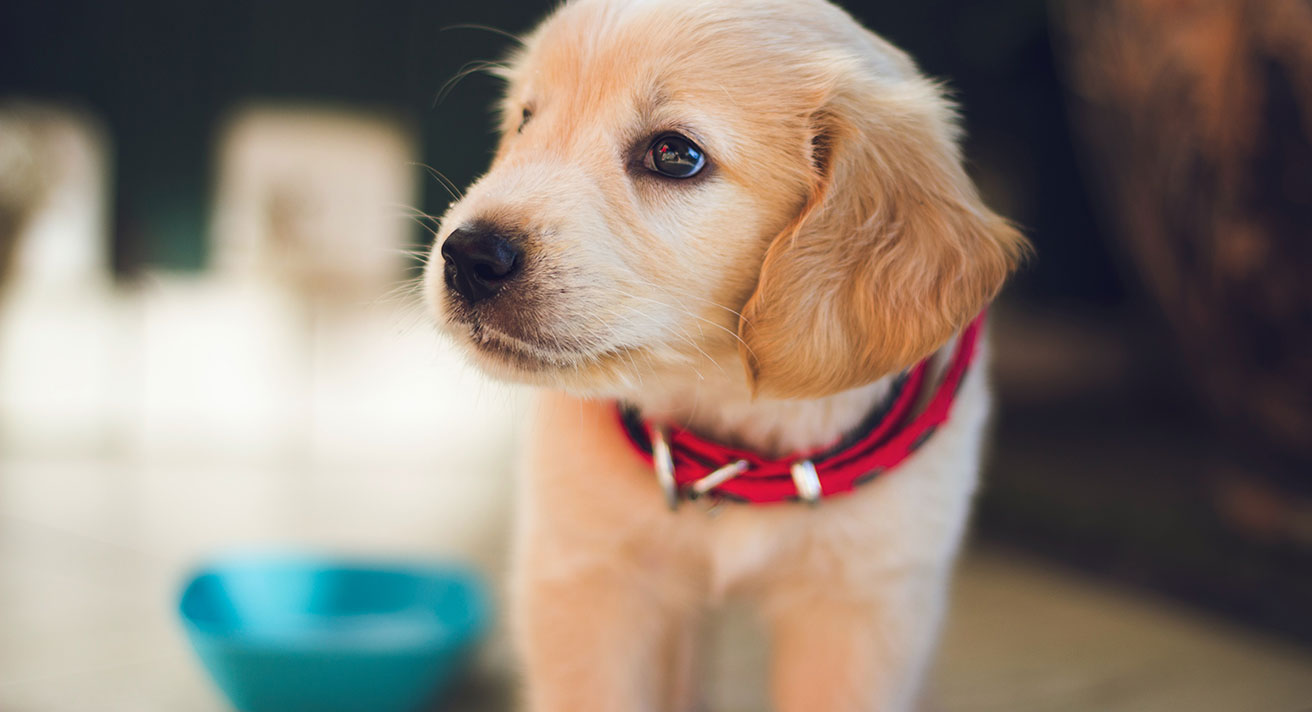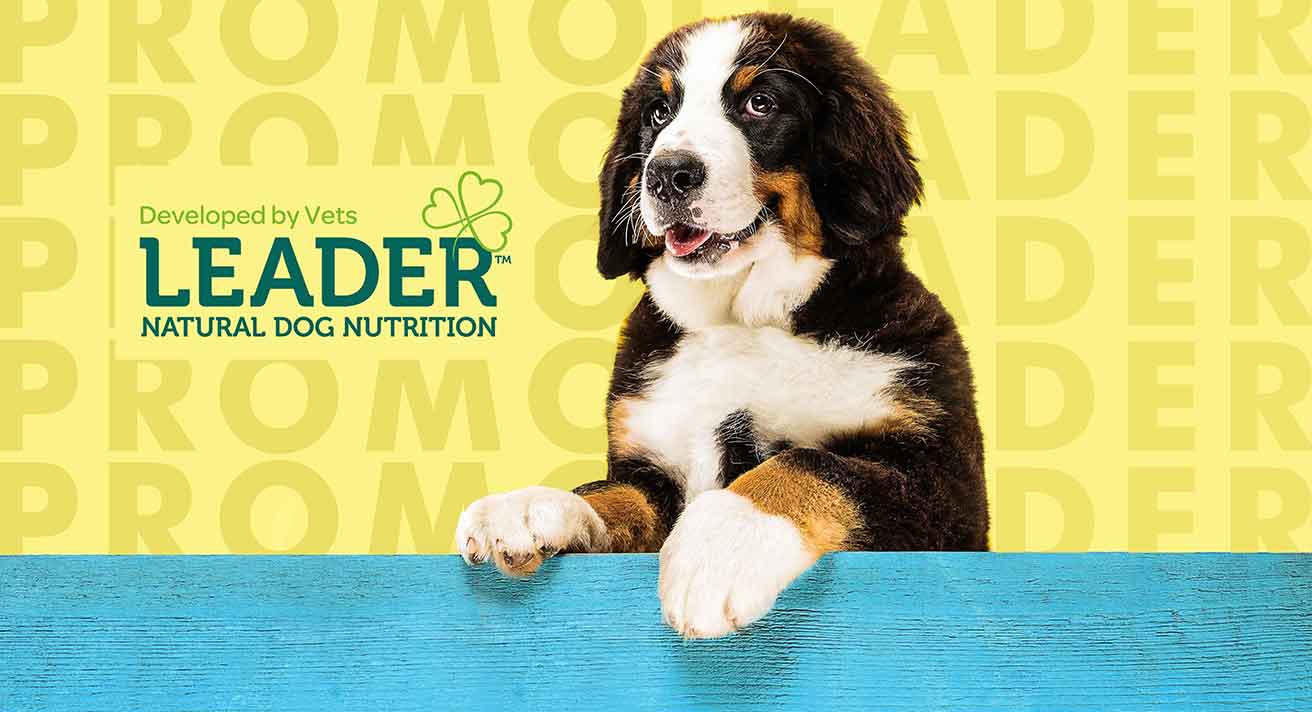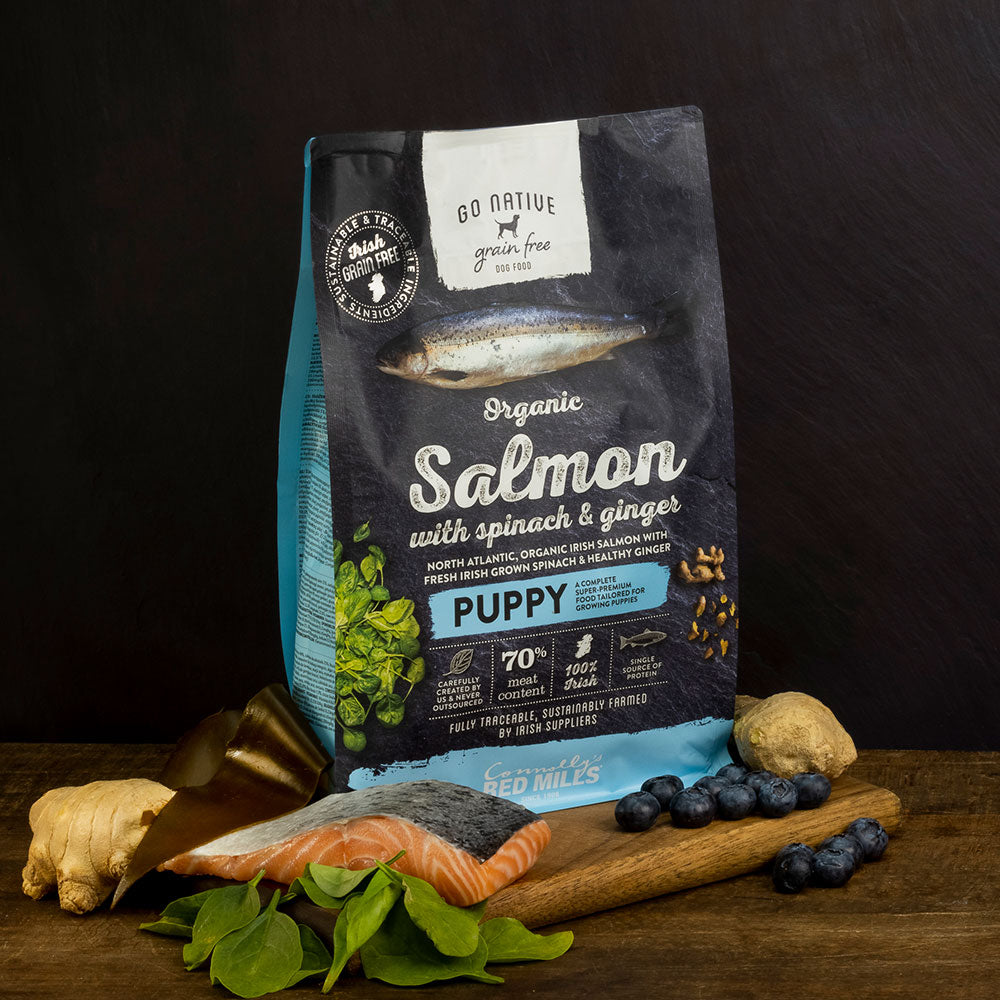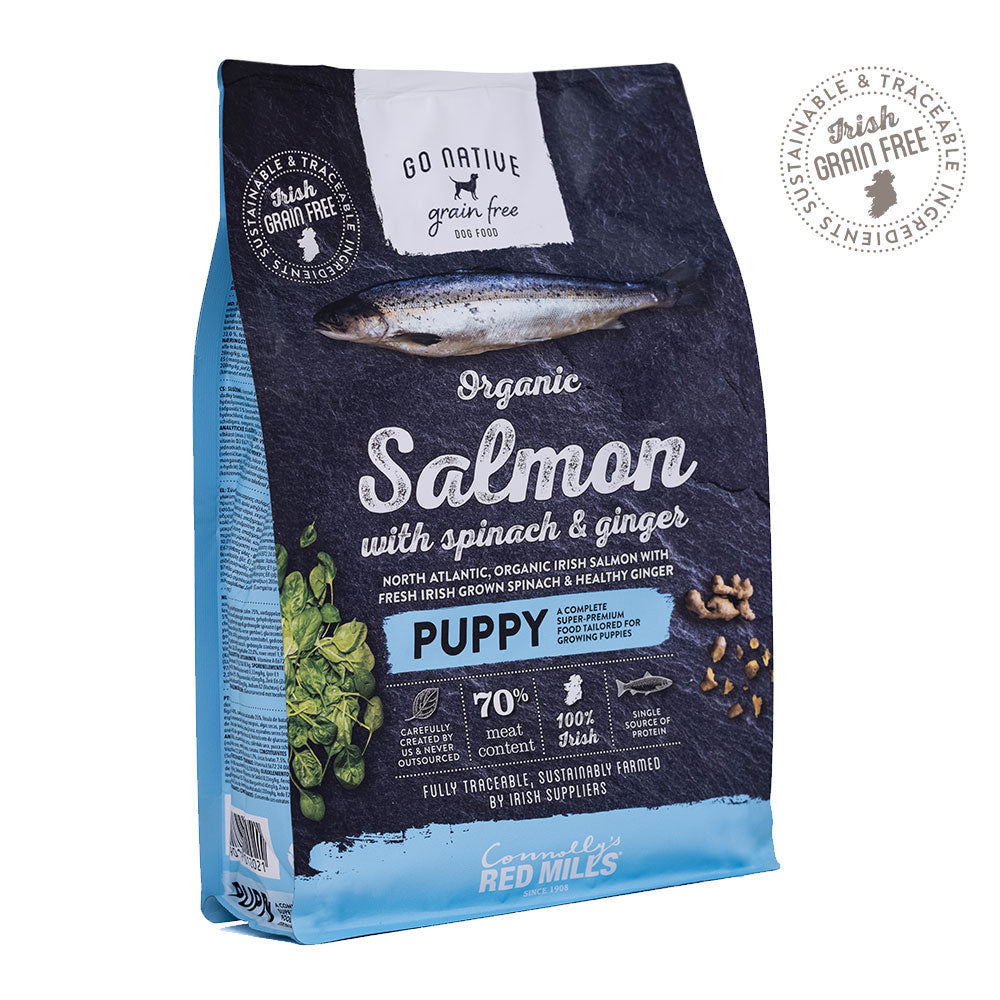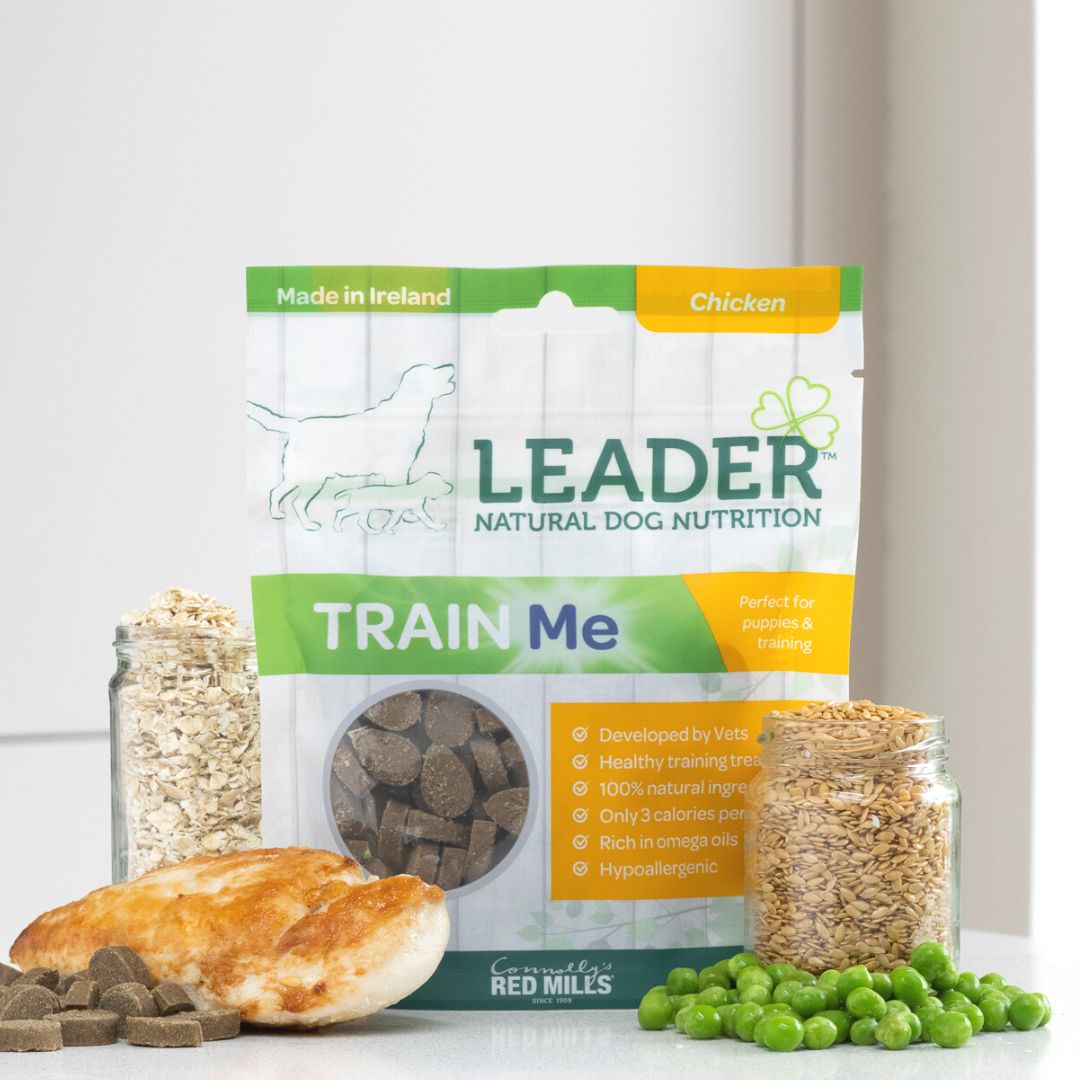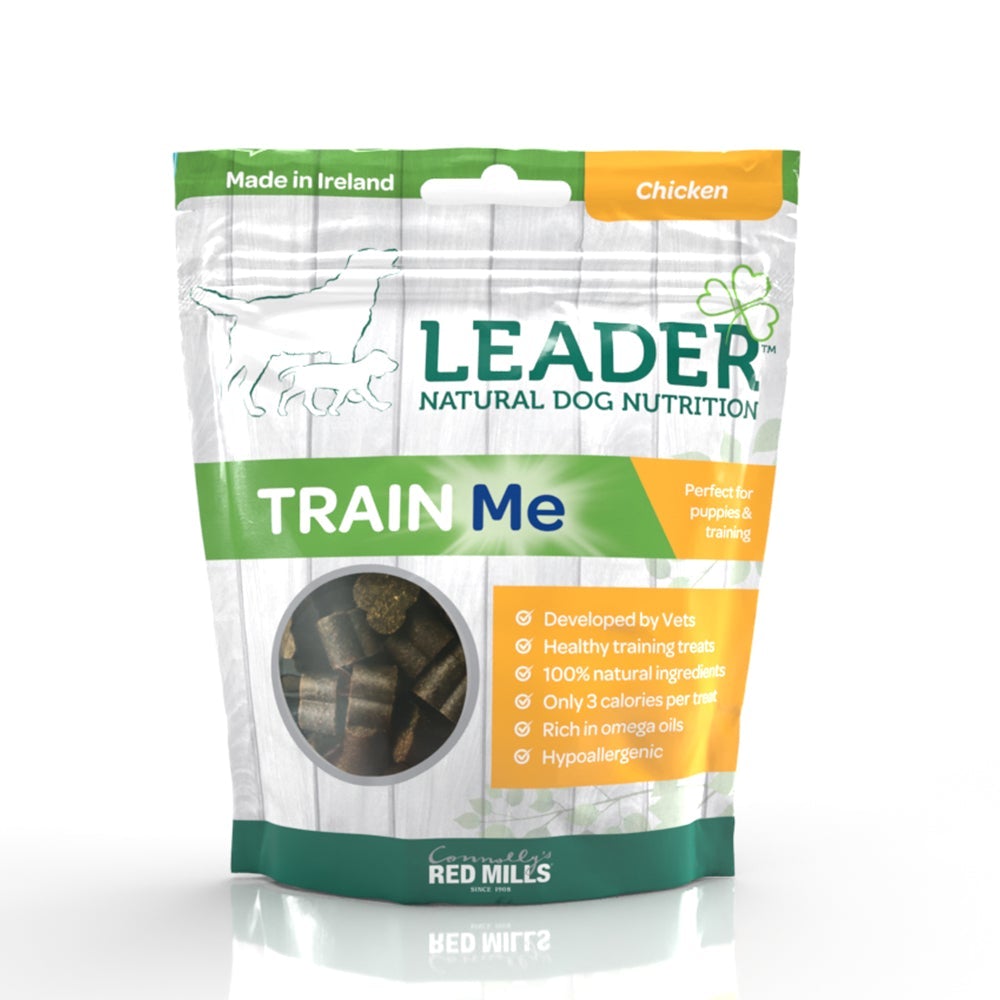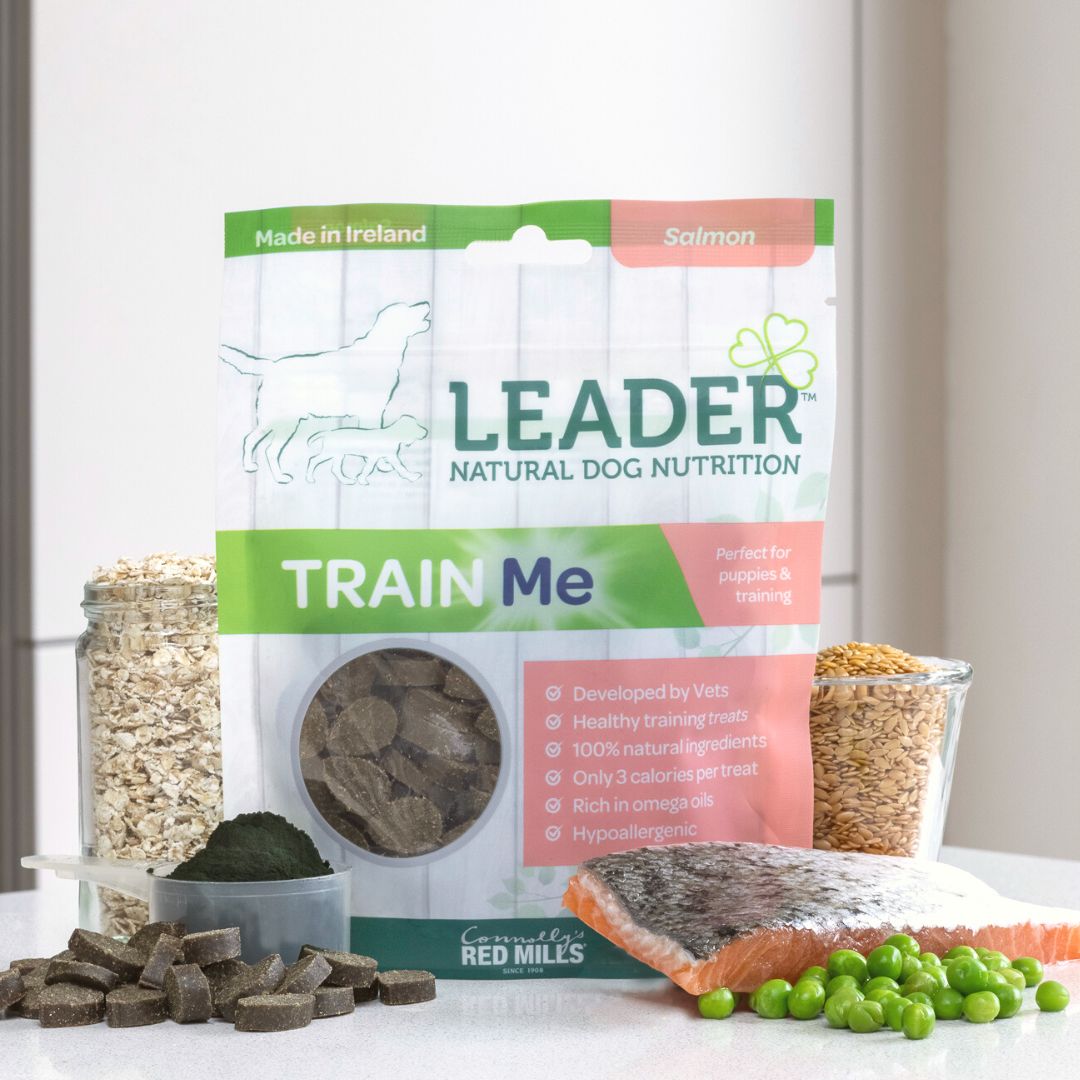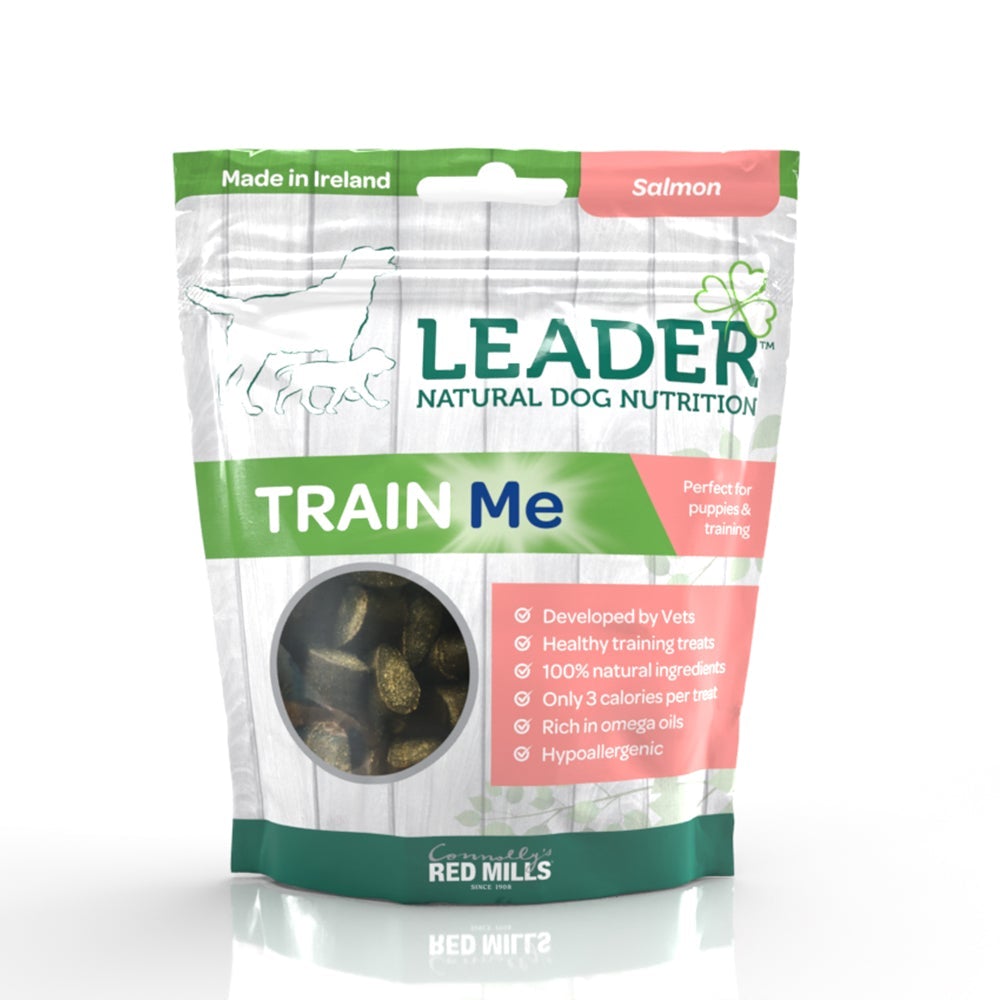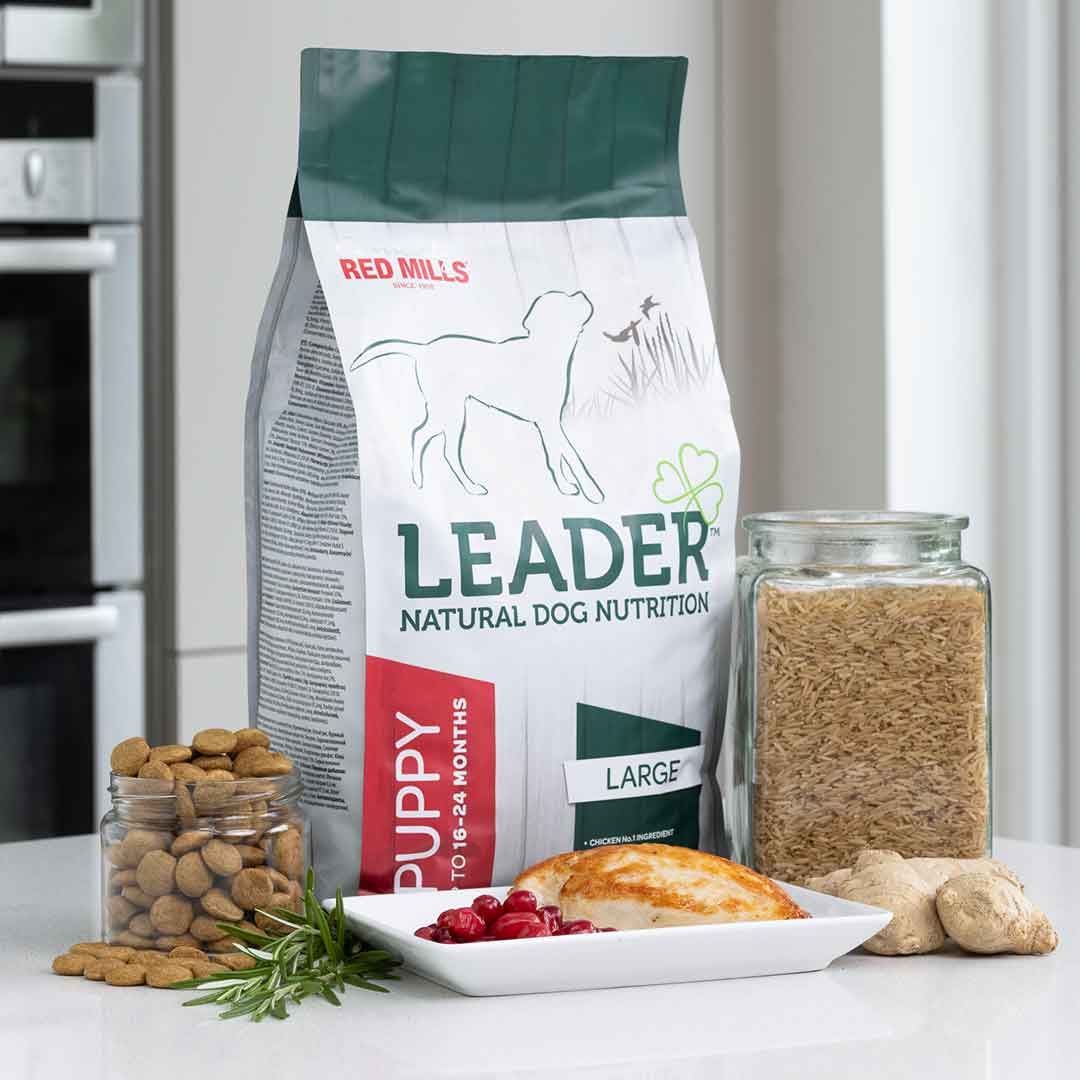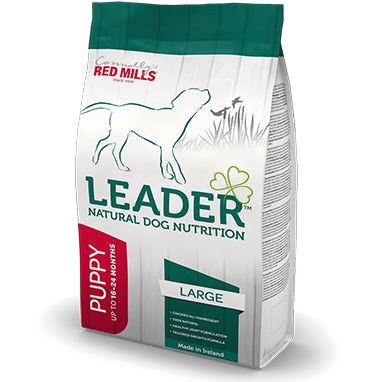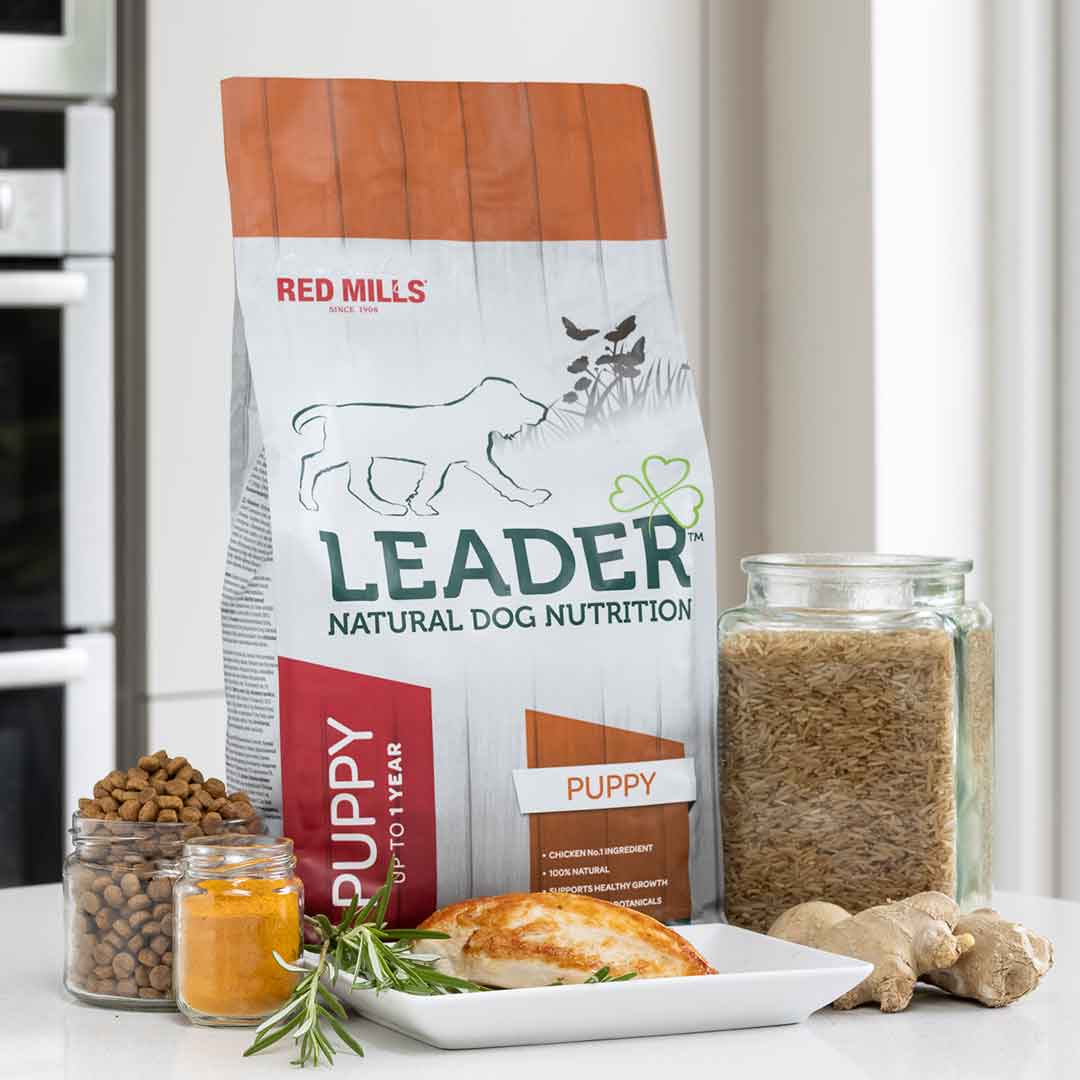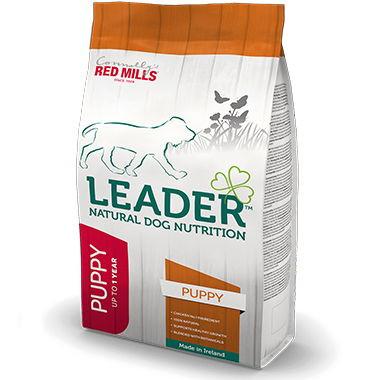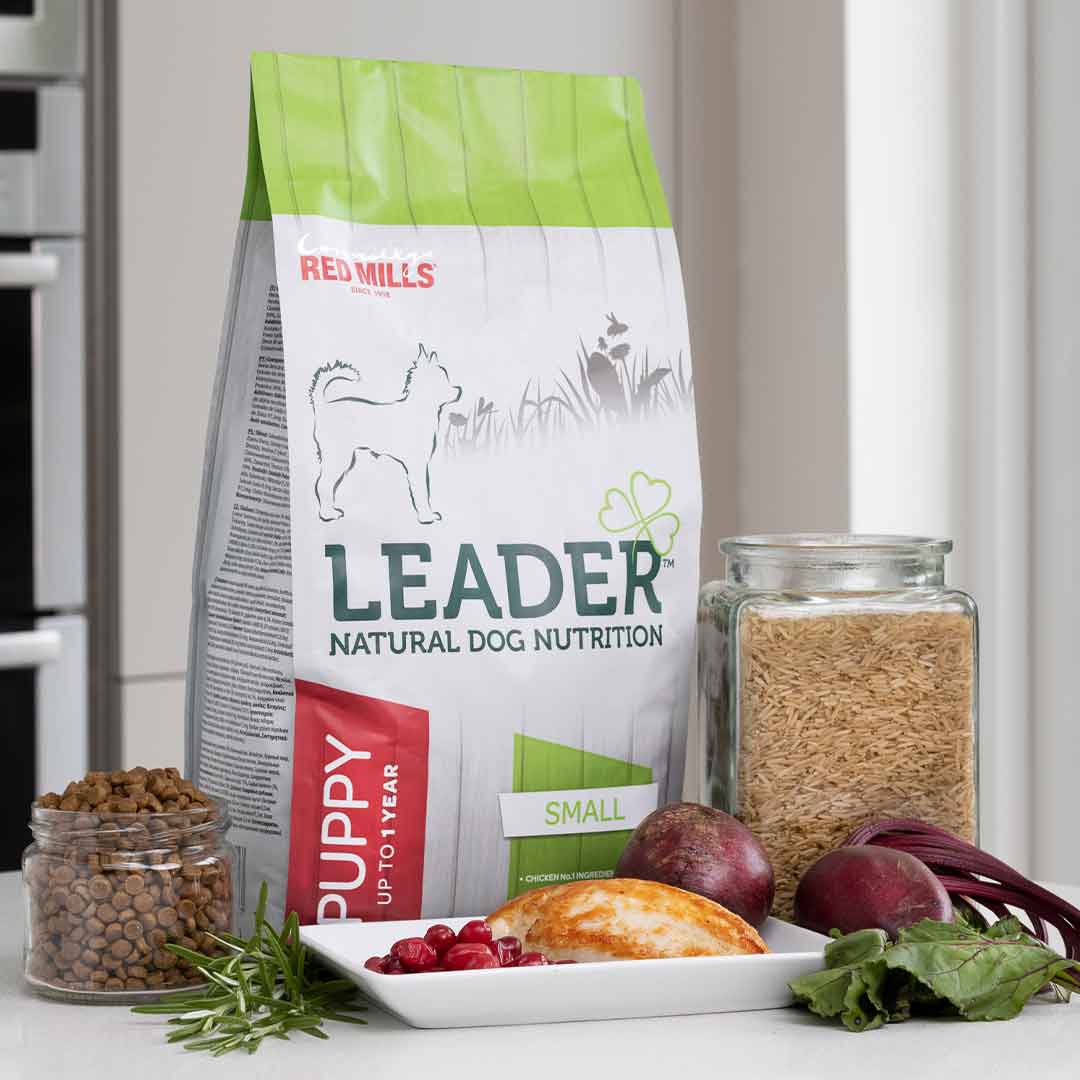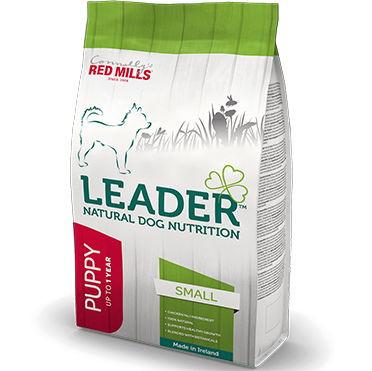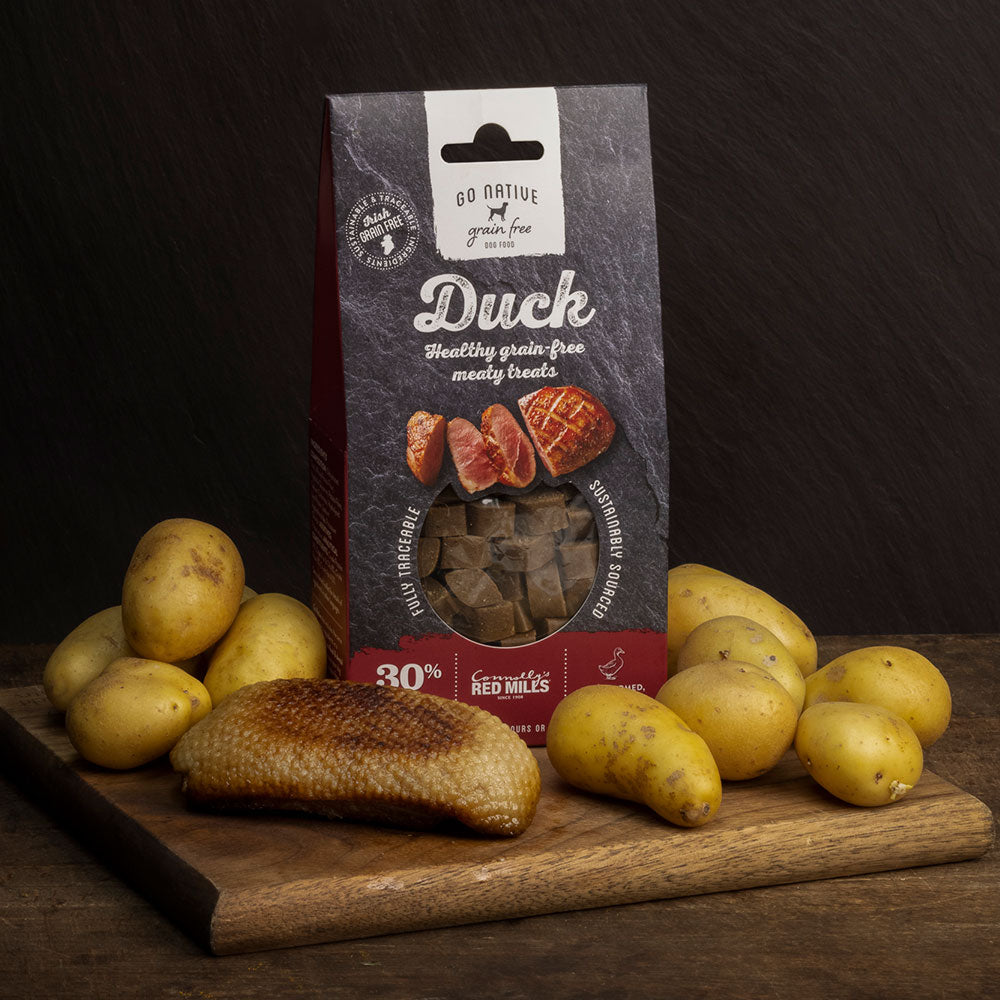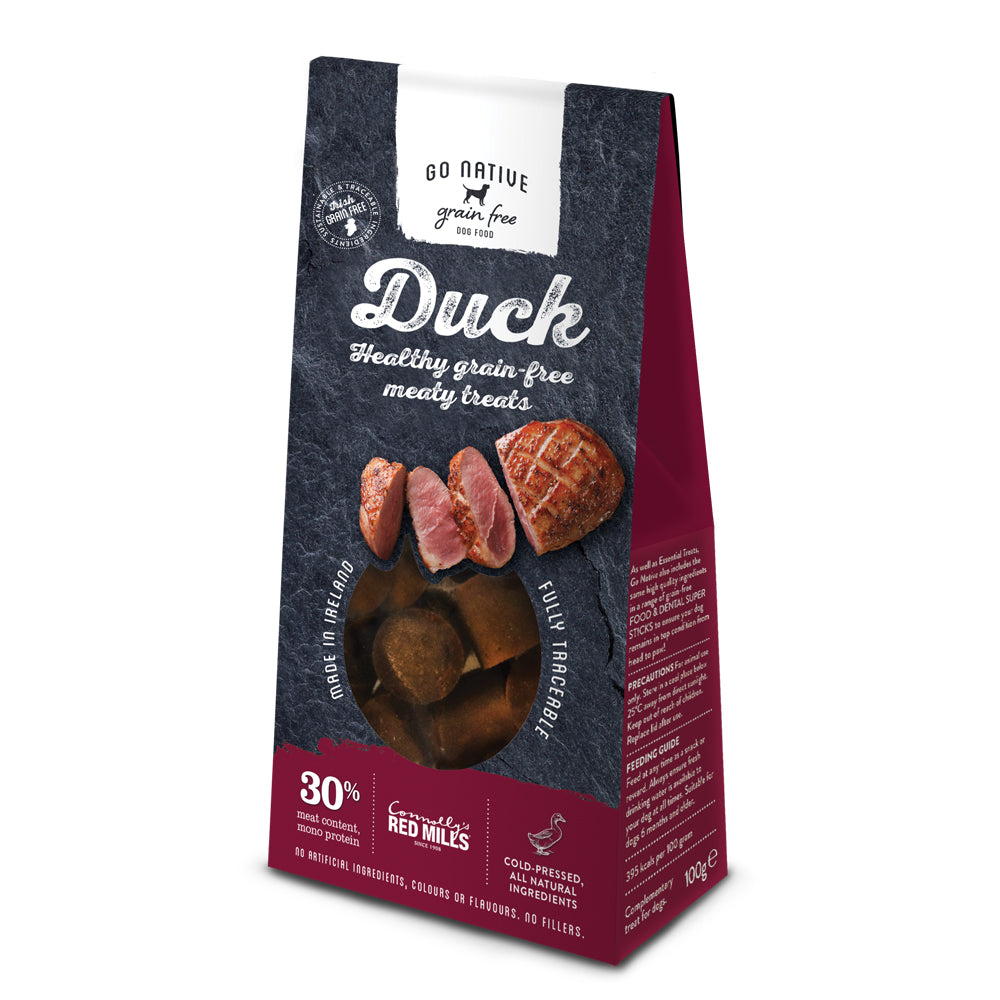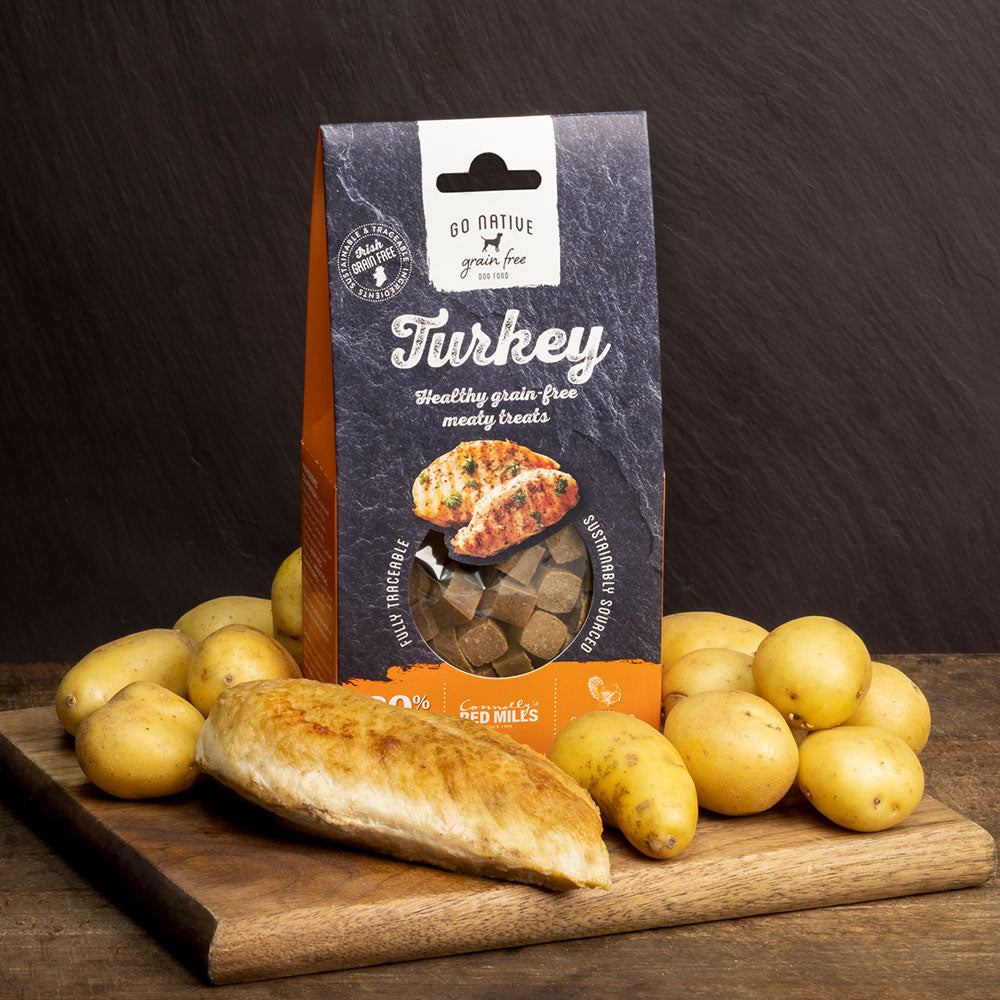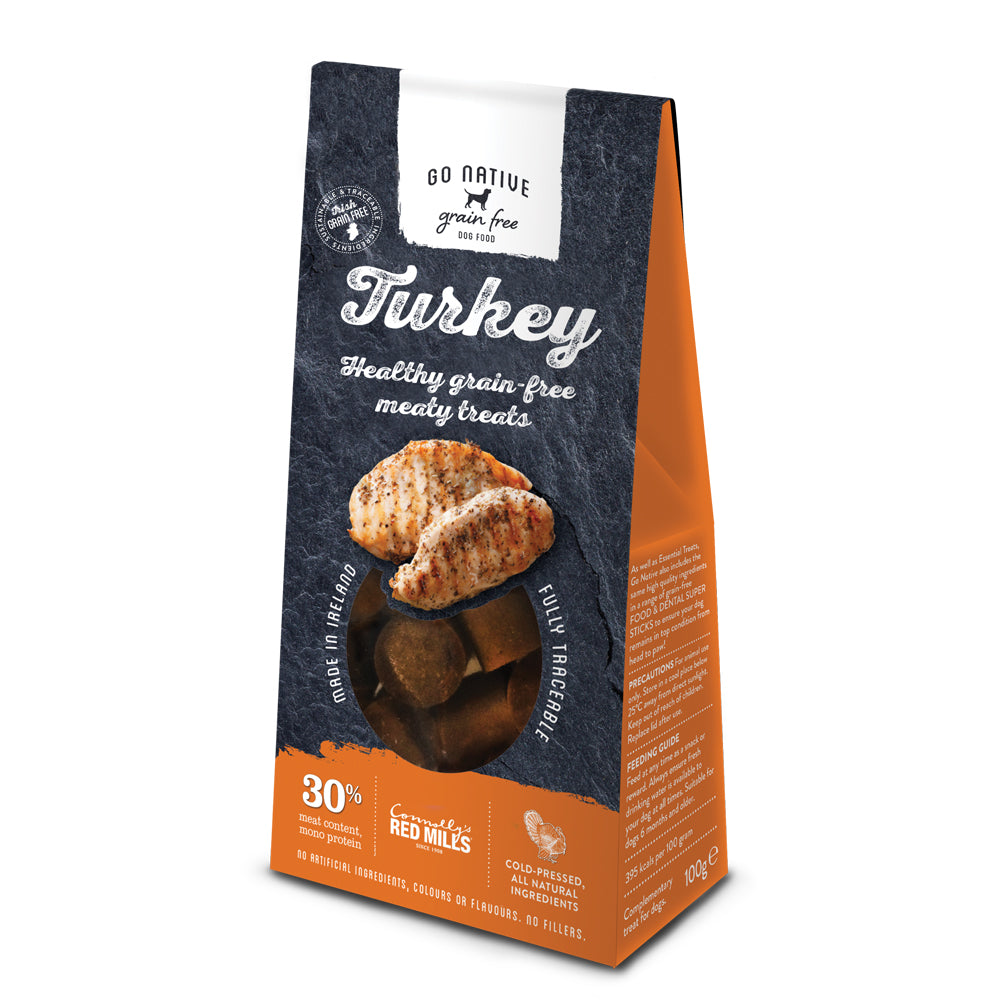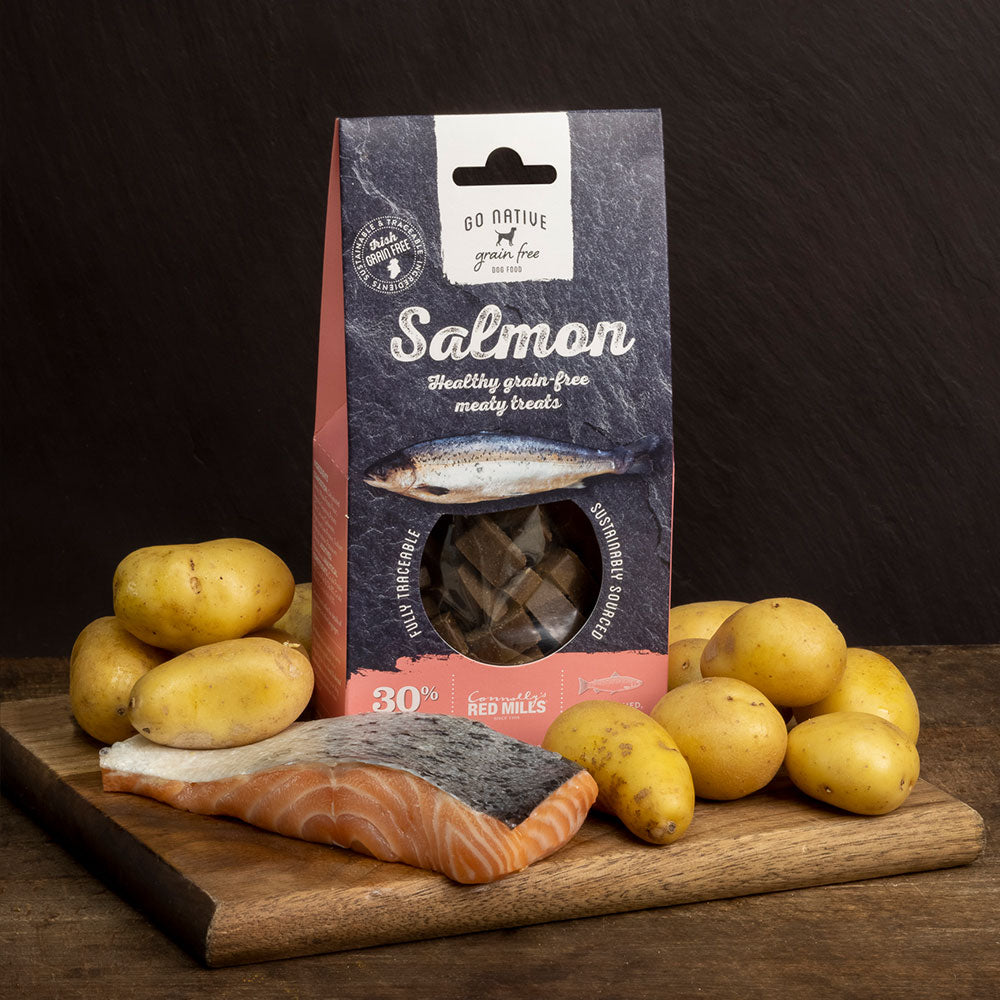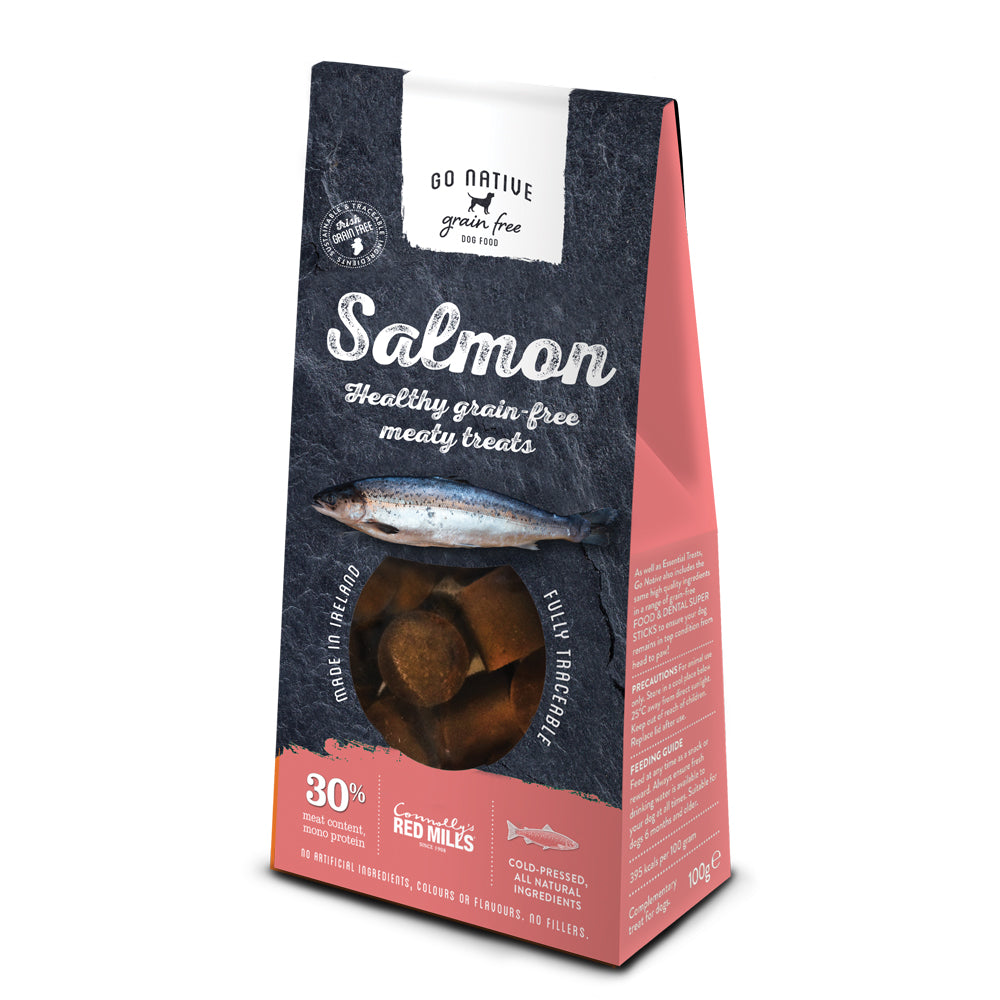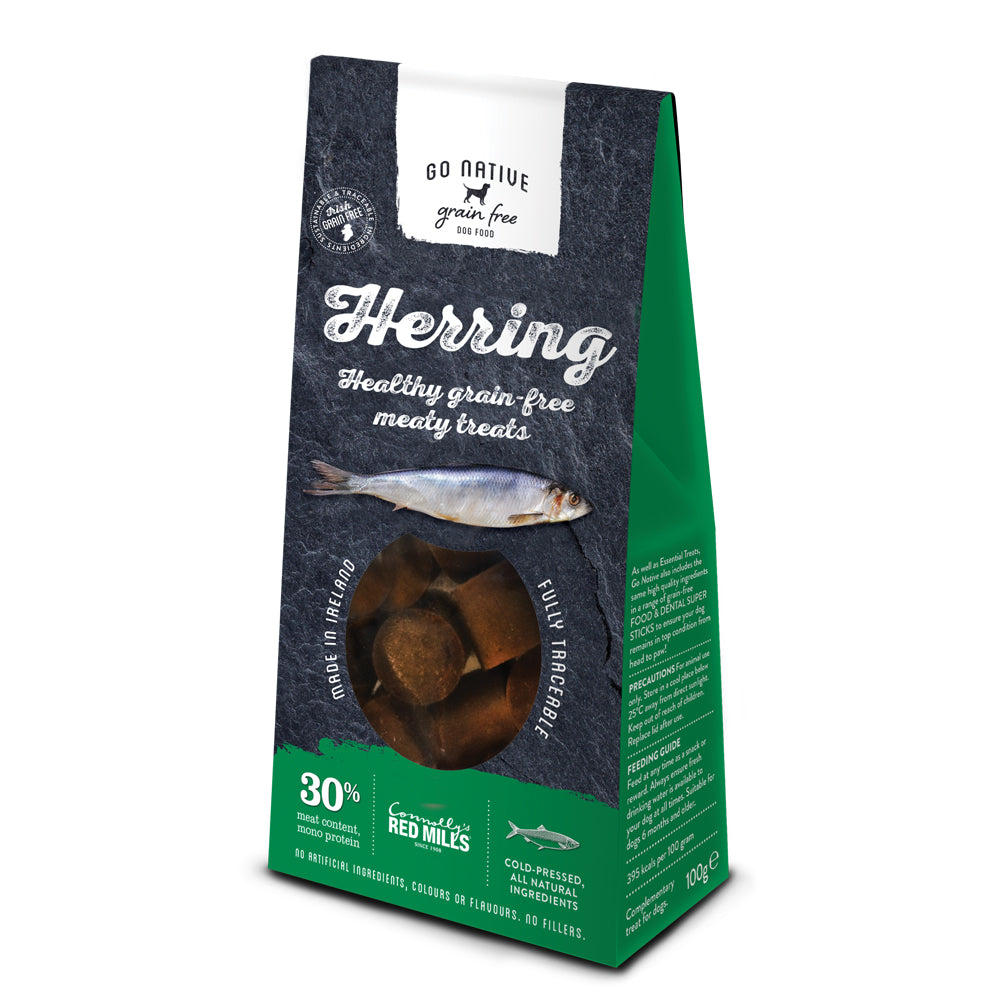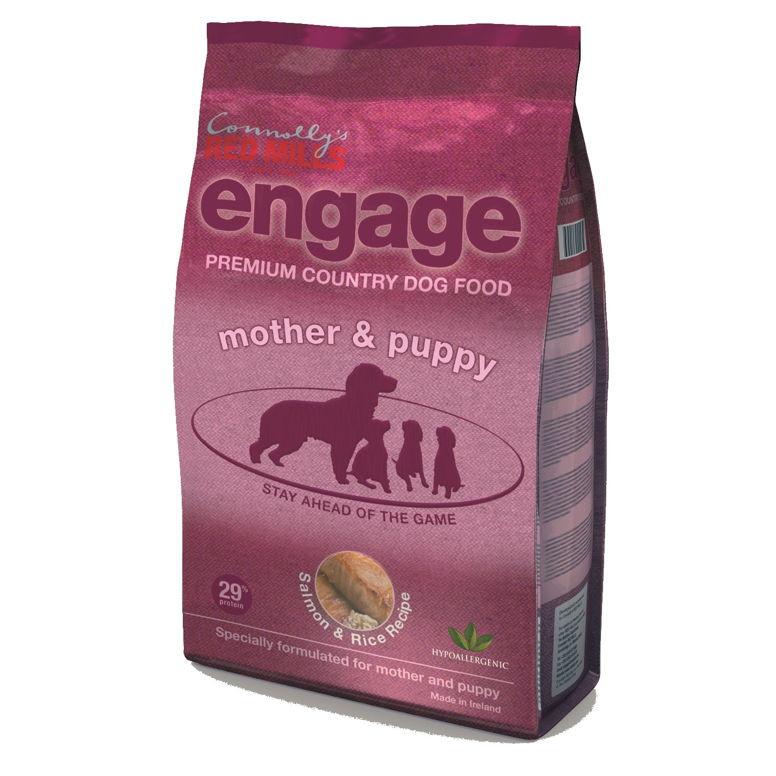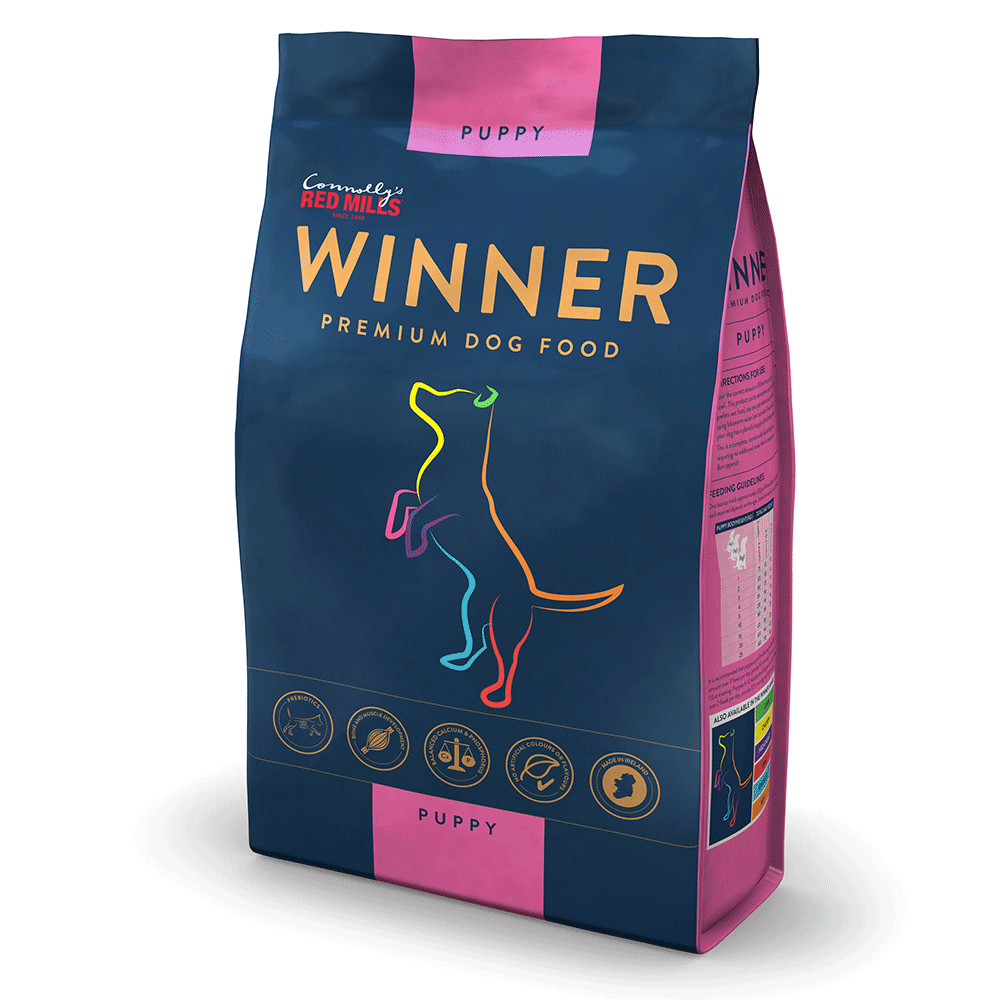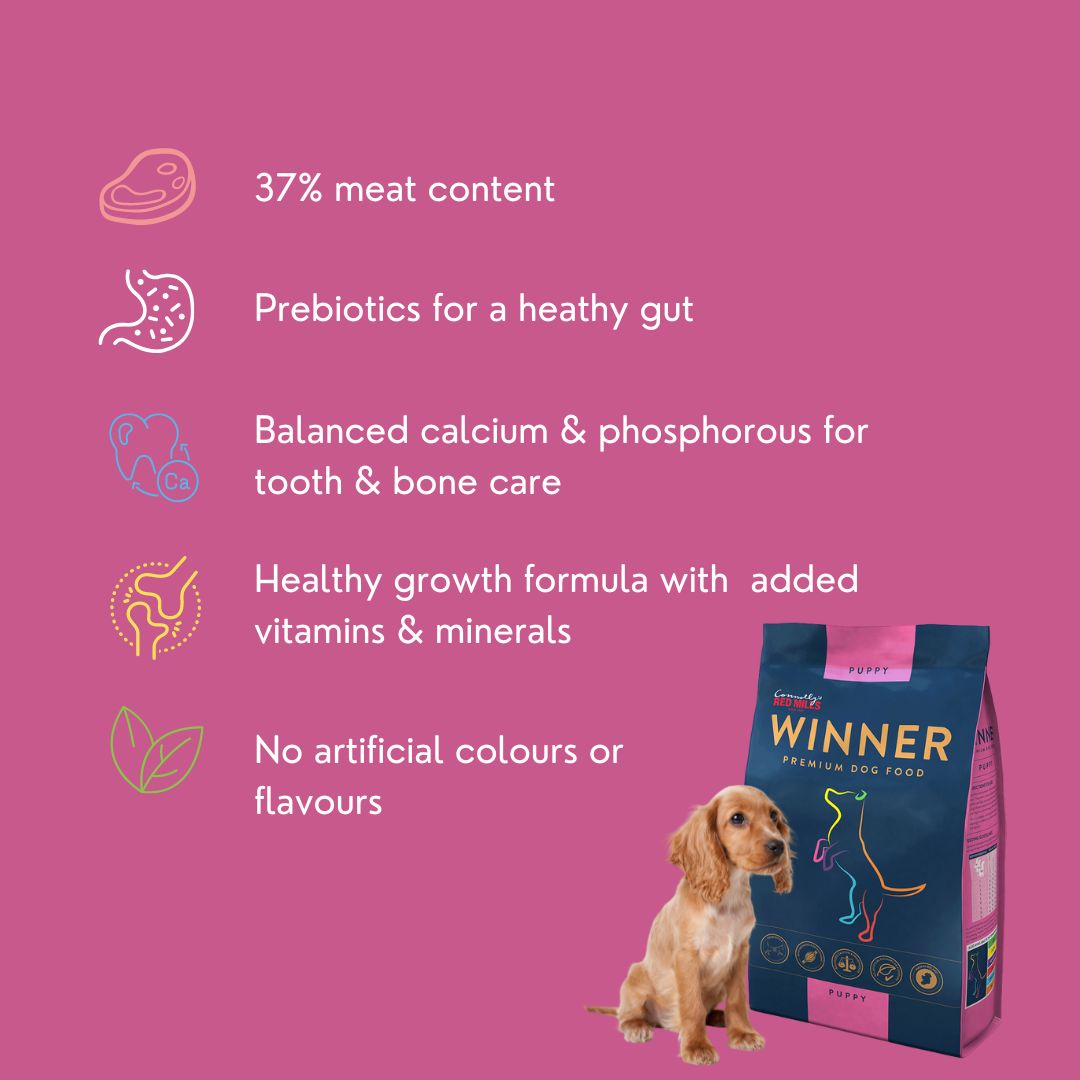When Should I Start House-Training My Puppy?
One of the first questions new puppy owners have is when to start house-training their pup. It’s best to start right away, but don’t expect your pup to have full bowel and bladder control until they are about six months old. Different breed types develop at different speeds. Large dogs are, mercifully, generally quicker to develop the control to avoid indoor accidents. Small and toy breeds tend to have fast metabolisms and small bladders. They’ll need to toilet more often, which can lead to more accidents.
Getting your pup off on the right paw can help make the house-training process easier. When you first bring your dog home, take them outside for potty breaks every two to three hours if possible. Make this a positive experience with praise and plenty of their favourite treats if they happen to do their business outside. (And don’t scold or punish them for accidents – that only creates anxiety and teaches them to hide a bodily function they cannot control yet.)
Puppy House-Training Tips
House-training your puppy doesn’t have to be stressful. They will have accidents. That’s unavoidable because their bodies aren’t yet developed enough to fully control their bowel and bladder. But you can make the process easier on yourself and your pup with these tips.
- Develop a predictable schedule and take your dog outside right after it wakes up, eats or plays inside. Try to take them out hourly. When they do toilet outside, praise them lavishly and reward them with treats – we love the Leader Train Me Treats for getting your puppies off to the right start.
- Never punish your dog for an accident inside. They will then feel anxious about toileting, and try to find a hidden spot to go. If you catch them in the act, take them outside immediately and once in the appropriate spot, praise them. Dogs learn from positive training methods, not fear.
- Keep them to confined area when you can’t take them outside for longer periods such as overnight. Dogs have an instinct not to soil their den, which is why crate training works so well for many. But dogs who have been kept in overcrowded conditions have had this instinct blunted.
- If you use puppy piddle pads, put them near the door so your dog is still learning to associate the door to outside with toileting. You can bring a piddle pad outside too to help show that outside is where you want them to go. Avoid letting them think that the pad is the only option.
- Take your dog to the same spot in the garden each time and give a verbal command such as ‘go potty’.
- Be aware that dogs will pee to communicate that they are being submissive. Punishing this will only communicate to the dog that they are aren’t being submissive enough.
House-training your pup is not always a quick process, but young dogs are very eager to please. They are keen students, but it takes time for their bodies to catch up. Patience is your best tool train your pup. Do start immediately, though, by bringing your dog outside frequently.




